The Beat’s Gregory Paul Silber has been accused of having a bit of an… obsessive personality. Each week in Silber Linings, he takes a humorous look at the weirdest, funniest, and most obscure bits of comics and pop culture that he can’t get out of his head.
This coming September will mark the 10th anniversary of The New 52, the DC Comics publishing initiative that was the publisher’s first hard reset on their fictional universe since 1985-1986’s Crisis on Infinite Earths. It was met with immediate backlash from longtime readers, and it remains one of the most controversial moves in DC’s 80+ year history. A decade later, as someone who might now be considered a minor DC expert (at least in the sense that I was invited to join The Beat‘s DC Roundup crew), I’d be the first to tell you that The New 52 was, by and large, a bad time to be reading DC Comics. It was poorly handled, and probably a terrible idea in the first place.
But it did it’s job. For me, at least.
Before I explain what I mean by that, I need to explain how I got into superhero comics in the first place. Because here’s the thing, and this might surprise people who know me: I didn’t get into comics through superheroes.
I’ve written a little about this before, but my earliest memories of sequential art came from the comic strip section of the Northern New Jersey newspaper to which my parents subscribed, The Record. It wasn’t until I stumbled upon Art Spiegelman‘s Maus in middle school that I realized comic books (long-form narratives told through juxtaposed words and images in deliberate sequence, to paraphrase Scott McCloud) were a rich storytelling medium on the same tier as prose novels or film. And even after that, comics simply became an occasional supplement to my already voracious reading diet.
I loved superheroes for literally as long as I can remember, but I barely realized superhero comics existed before my teenage years. I was vaguely aware that they were the source material for characters I loved like X-Men and Spider-Man (yes, I love Marvel just as much as DC), but whether it was because I was never exposed to superhero comics that young, or because I simply felt satisfied with seeing my heroes in cartoons, movies, video games and lunchboxes, I don’t remember having a strong desire to read about superheroes in their native medium.
Of course, that all changed when I read Maus and thought, ‘If I enjoyed this comic about a depressed 30-something cartoonist coming to grips with his mother’s suicide and his Holocaust-survivor father’s experiences with torture and genocide, surely I’ll enjoy comics about Batman.’ So I read a number of Big Two comics that were available in single volumes at the library and that the internet told me were the best, like The Dark Knight Returns. By that point I was well-versed in geek culture enough to at least know that you can’t just pick up any old issue of Teen Titans and expect to follow along.
Then came September 2011, when I was starting my Junior year of college. Frankly, it was an awful time. I won’t get into the details because it’s a bummer (I’m much better now), but I was more miserable than I’d ever been. This anguish coincided with an intense urge to find a new way to distract myself. Incidentally, I had recently purchased and enjoyed my first single-issue “floppy” comic book, Marvel’s Ultimate Comics: Spider-Man #1 by Brian Michael Bendis and Sara Pichelli, Miles Morales’s debut as Spider-Man. Mind you, that wasn’t at a comic book store, but at the periodical section of the university bookstore. But it just so happened that there was a comic book store just off campus. And, serendipitously, I heard something about how DC was rebooting their entire line of superhero comics, starting everything over again at #1.
It was just the distraction I needed at that time, and it’s not an exaggeration to say that the overall experience profoundly changed my life. I’m not sure I’d be a comic book critic (and budding creator) today if it weren’t for The New 52. I have vivid memories of several of that first month of first issues. I remember artist Ben Oliver talking about how much he loves drawing armor in the house ad for his Batwing title with writer Judd Winick. I remember reading Scott Snyder and Greg Capullo‘s Batman #1 while visiting the campus health center for an illness that, in retrospect, was likely at least partially psychosomatic, and how the nurse told me that she knew I was very sad, but I needed to put the comic book down so she could take my blood pressure.
Now that I think about it, that Snyder/Capullo Batman run was almost certainly The New 52’s greatest success story. Not only did it launch the creative team to the industry’s A-list, with Capullo remaining attached to the Snyder-written series for its entire 5-year run – a rarity for superhero artists in the 21st century – and their partnership continuing throughout the rest of the decade, but it’s just a damn good Batman series that I still wholeheartedly recommend.
And as someone who’d already read a bunch of Batman trades at the expense of virtually every other superhero before the New 52, I was pleased that despite the shiny #1 on the cover, it wasn’t yet another rehashed origin story. The “#1” simply meant that no prior Batman reading was required to enjoy it, and despite a bunch of deep-cut changes to the Bat-family that I’d later become more educated about (I’m just as mad as any of you that Stephanie Brown and Cassandra Cain were erased from the DCU for as long as they were), I appreciated how respectful the creators were of the franchise’s rich history.
(Snyder and Capullo did eventually do their version of Batman’s origin with “Zero Year,” but it does such an entertaining and clever job setting itself apart that it’s entirely its own thing. I don’t care how sick you are of seeing Batman’s parents gunned down in an alley, it’s well worth your time).
My favorite New 52 comic, and the one that I suspect will benefit most from critical reassessment as it sheds the baggage of the corporate gobbledygook that spawned it, is Grant Morrison‘s Action Comics run with artists like Rags Morales and Andy Kubert. Unlike Batman #1, and for that matter, Green Lantern #1 by writer Geoff Johns and artist Doug Mahnke (I couldn’t follow it because I hadn’t read the six years of Johns-written Green Lantern material that preceded The New 52), Action was a capital-O origin story for Superman, but much bolder and more thoughtful than anything I was expecting from a superhero who I still wasn’t sure I liked very much.
I wasn’t yet the Morrison super-fan that I am today, and I hadn’t yet read the beloved All-Star Superman that I’d come to attribute to saving my life, but their take on a working-class Superman who had yet to fully develop his powers, youthfully brash while maintaining the icon’s essential kindness, left enough of an impression on me that I dressed as that version of the character the following Halloween. Of course, it helped that jeans-and-a-t-shirt are easier to pull off than tights and spandex, but as someone who never got into cosplay, it’s a testament to how immediately I fell in love with that run. It’s fast-paced and funny and, in its best moments, as uplifting as just about anything in All-Star. Those backups written by Sholly Fisch and drawn by Chris Sprouse are great too. It’s a shame they haven’t been included in collected editions of the run.
The New 52 had other bright spots even if I didn’t see them all through to the end. I enjoyed what I read of Francis Manapul and Brian Buccellatto‘s The Flash, mostly because the art was gorgeous. Batman and Robin by writer Peter J. Tomasi and artist Patrick Gleason showcased a refreshingly softer, more paternal side to Batman. My appreciation for Jeff Lemire and Travel Foreman‘s Animal Man would soon be overshadowed several times over by the Morrison/Chas Truog run from over 20 years earlier (one of my all-time favorite comics), but I liked the surreal creepiness of Lemire and Foreman’s take, and would love to revisit it sometime soon so I could experience the story in its entirety. And while I soured on Aquaman as written by Johns with art by Ivan Reis when I started to realize that the humor I found in it may not have been as intentional as I hoped, the idea of Aquaman as a sad-sack loner who can’t catch a break in his own fictional universe, even from the people who’s lives he saves, was a fun meta-joke while it lasted.
I didn’t read every comic published under the New 52 banner, of course. I couldn’t reasonably be expected to read every single comic DC published between September 2011 and May 2016 with the launch of DC Rebirth (which wasn’t exactly another reboot, but maintained most of the New 52’s core continuity while restoring much of what The New 52 undid). Yet I’ve read enough to tell you with confidence that an alarming amount of the New 52 was godawful. What little I’ve read of that era’s Static Shock, Red Hood and the Outlaws, Suicide Squad, and others was varying degrees of ugly, incomprehensible, and at times even morally repugnant.
Even a lot of the stuff that was relatively well-received at the time may not be as good as you remember, and I think that’s because the entire line was rushed and ill-considered. I like Gail Simone, and I’d probably still enjoy her Batgirl run if I reread it today, but in retrospect, DC’s decision to remove Oracle, one of comics’ only disabled superheroes and a brilliant concept in her own right, so that Barbara Gordon could become Batgirl again, was a misstep in terms of the big picture.
A lot of people loved Brian Azzarello‘s Wonder Woman, but that’s probably a testament to Cliff Chiang‘s immense artistic talents more than the story: you may have forgotten that a critical issue early in the run reveals that the Amazons of Themyscira would habitually lure in sailors like Sirens, effectively sexually assault them for their “seed,” and kill them, all in an effort to bring more baby girls into what Wonder Woman comics originally called “Paradise Island.” Oh, and if the resulting pregnancies yielded baby boys? The Amazons would kill them. At worst it was misogynist, and at best it was grossly unnecessary (but hey, greenlighting that story was hardly editor Eddie Berganza‘s worst sin against women).
All that bad stuff and more from The New 52 has already been written about at length by others, and I’d rather not dwell on it. Countless other critics have done a fine job explaining, quite correctly, that the New 52 sucked.
But The New 52’s goal was to bring in new readers to DC Comics. I’m not sure how effective it was. If there’s a quantifiable way to prove that a significant number of people who had not previously purchased DC Comics became loyal readers as a result of The New 52, I haven’t seen it. I haven’t met many other comic book fans who found their way into DC Comics through The New 52 like I did. All I know is that it worked for me. And for that, I’ll always appreciate it. I liked The New 52 because for the first time in my life, I started reading comics every single day. And I love comics.


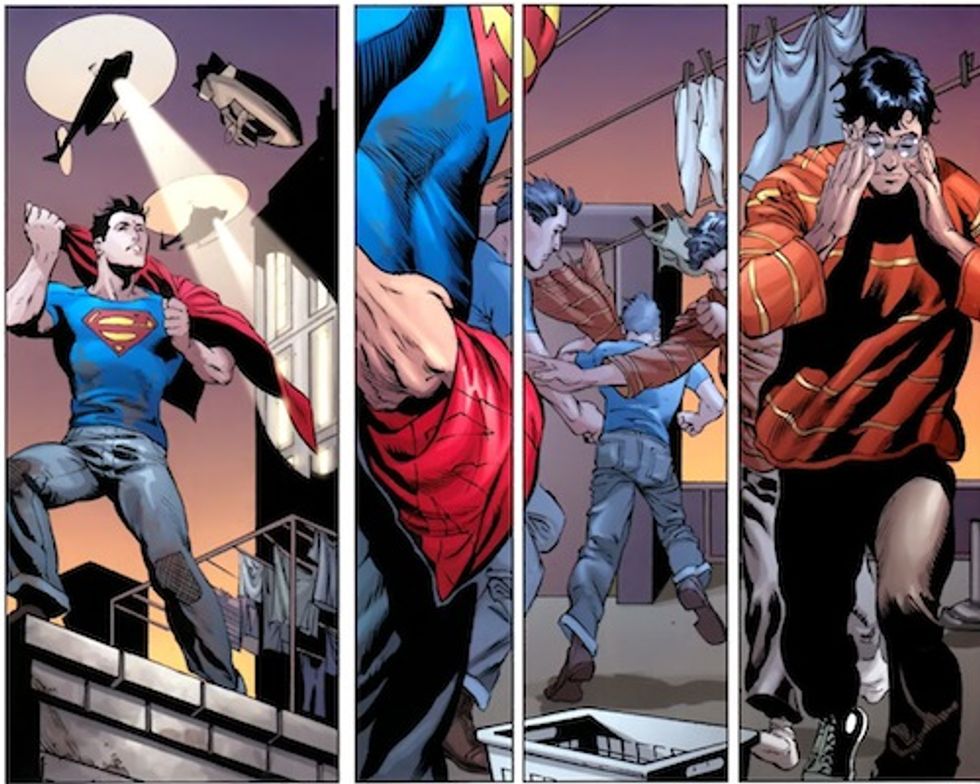
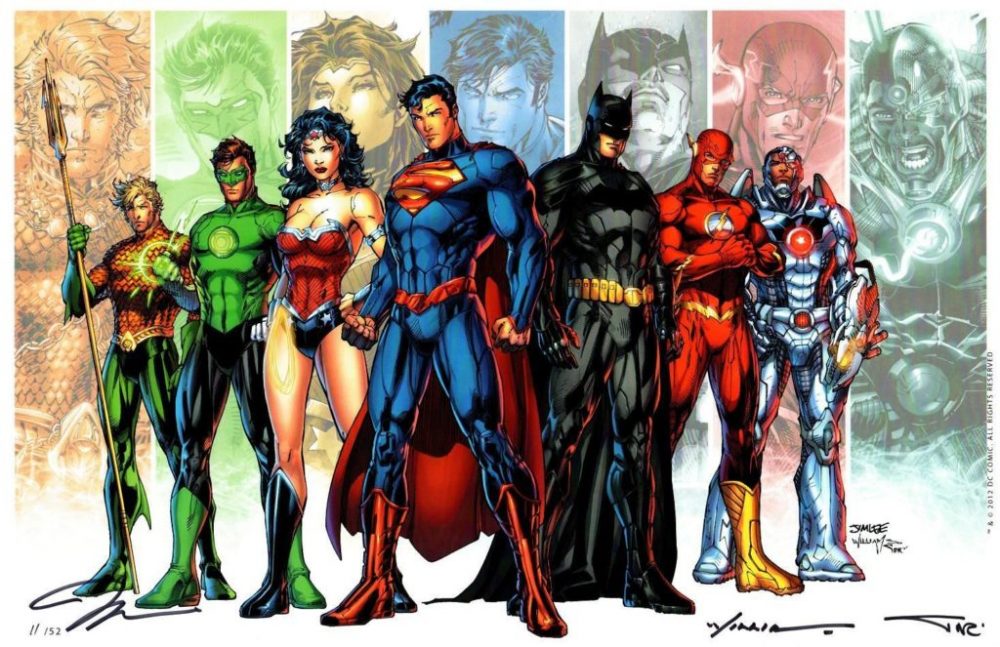
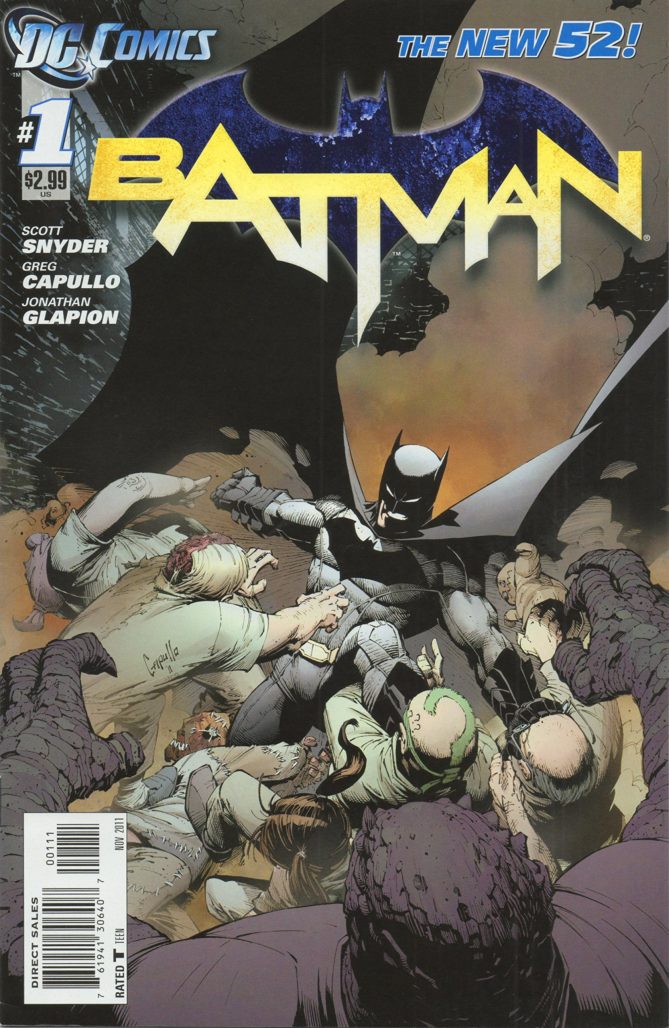
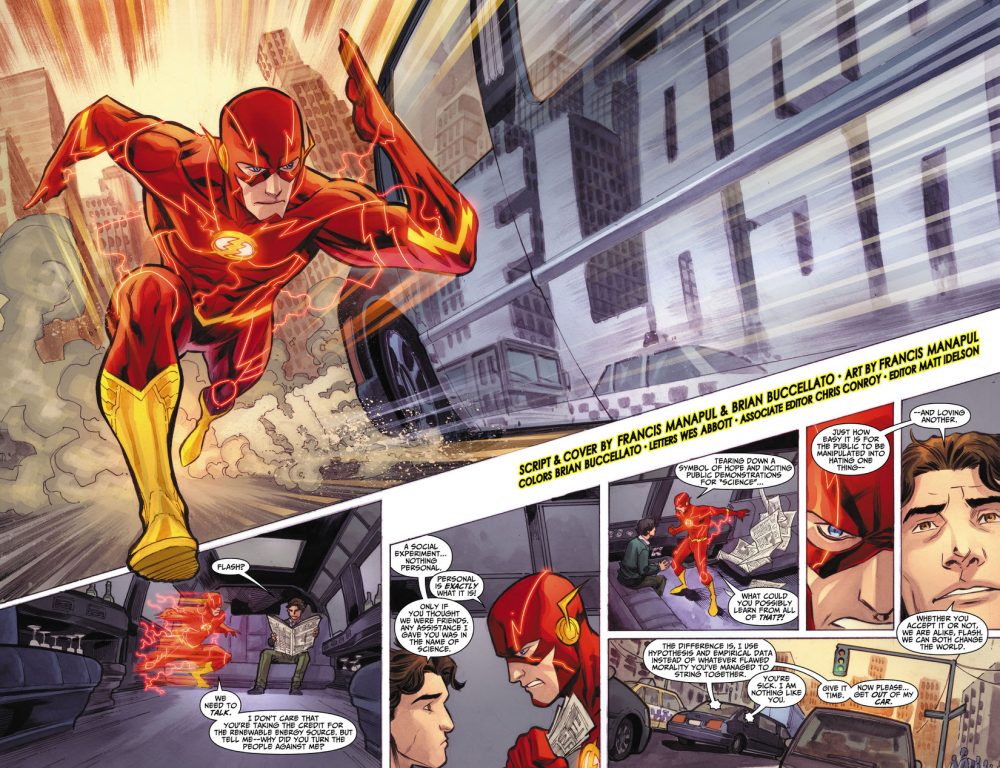
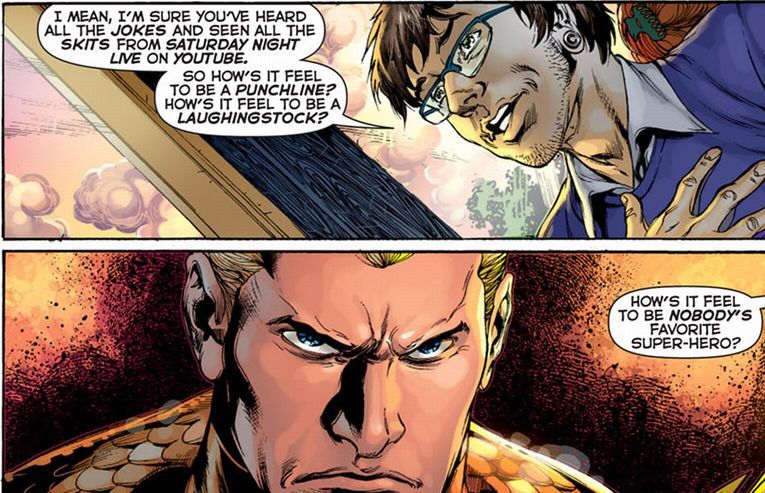
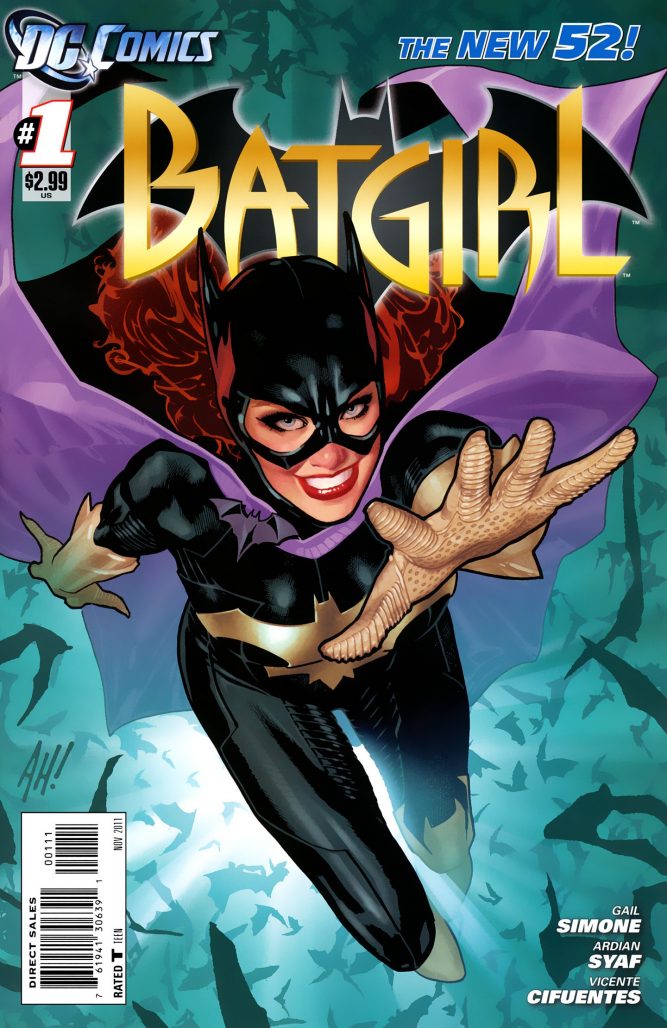
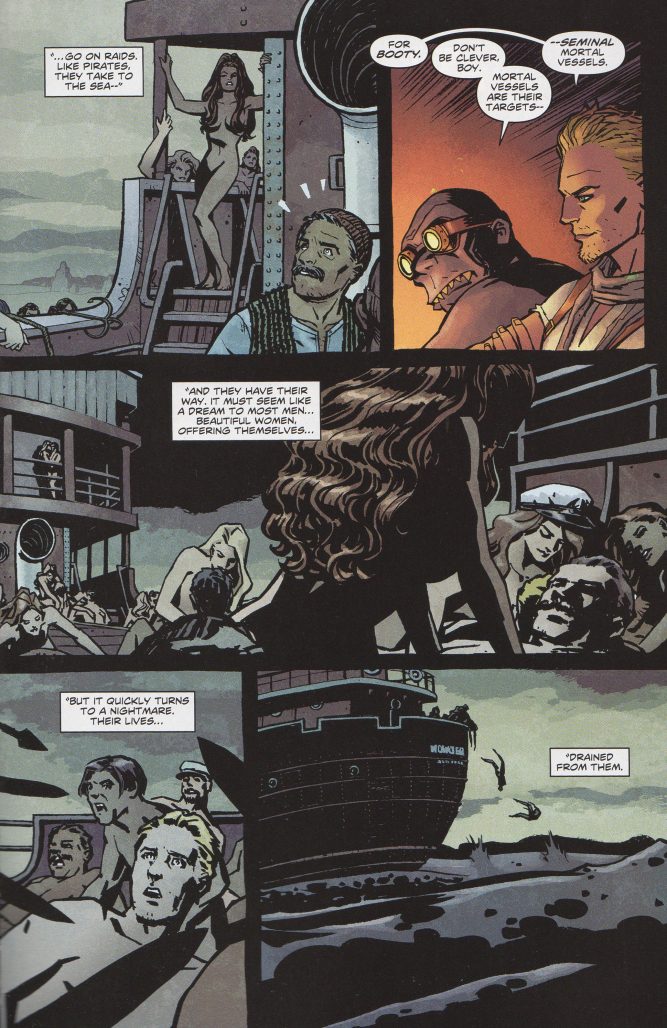

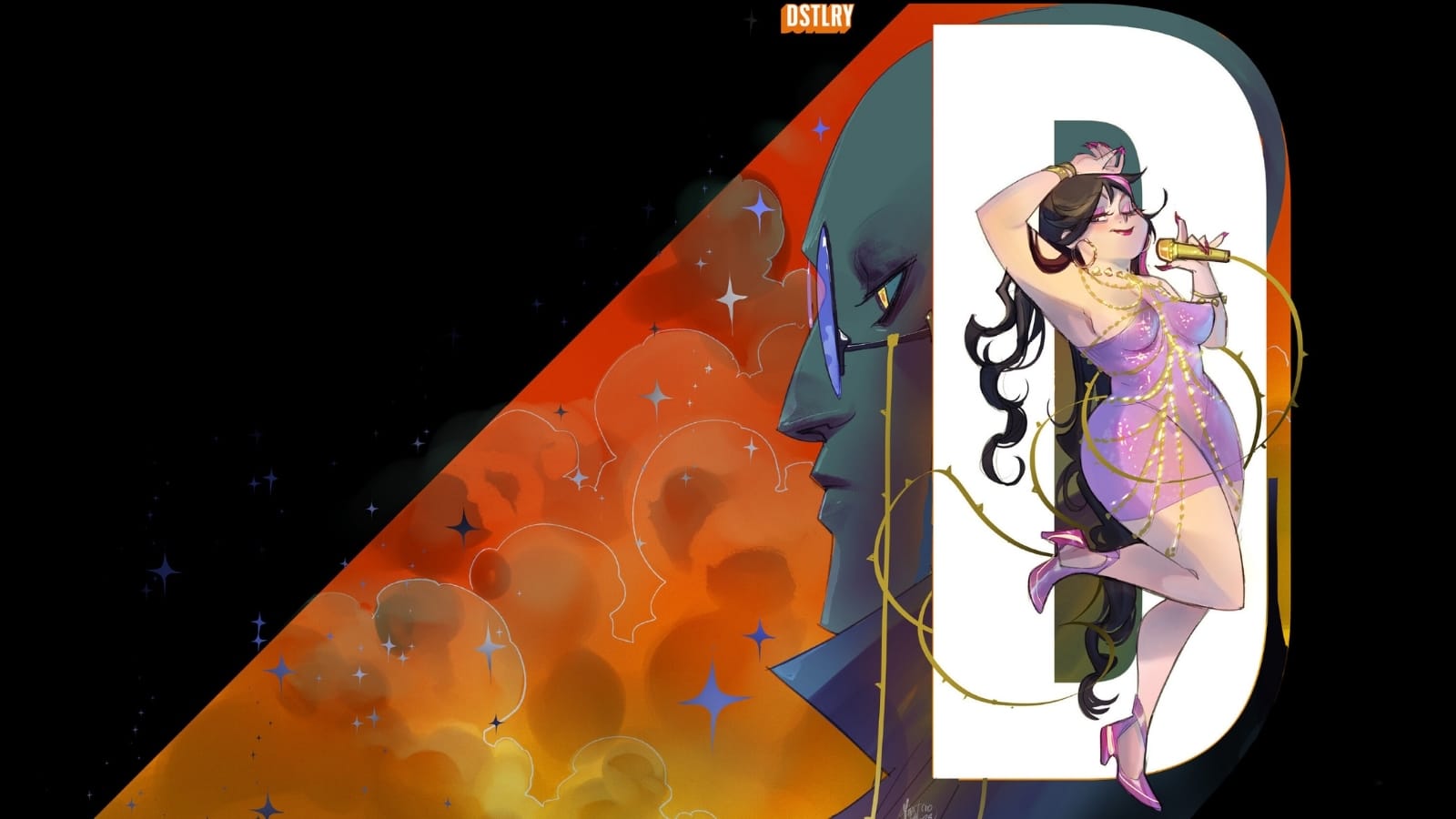
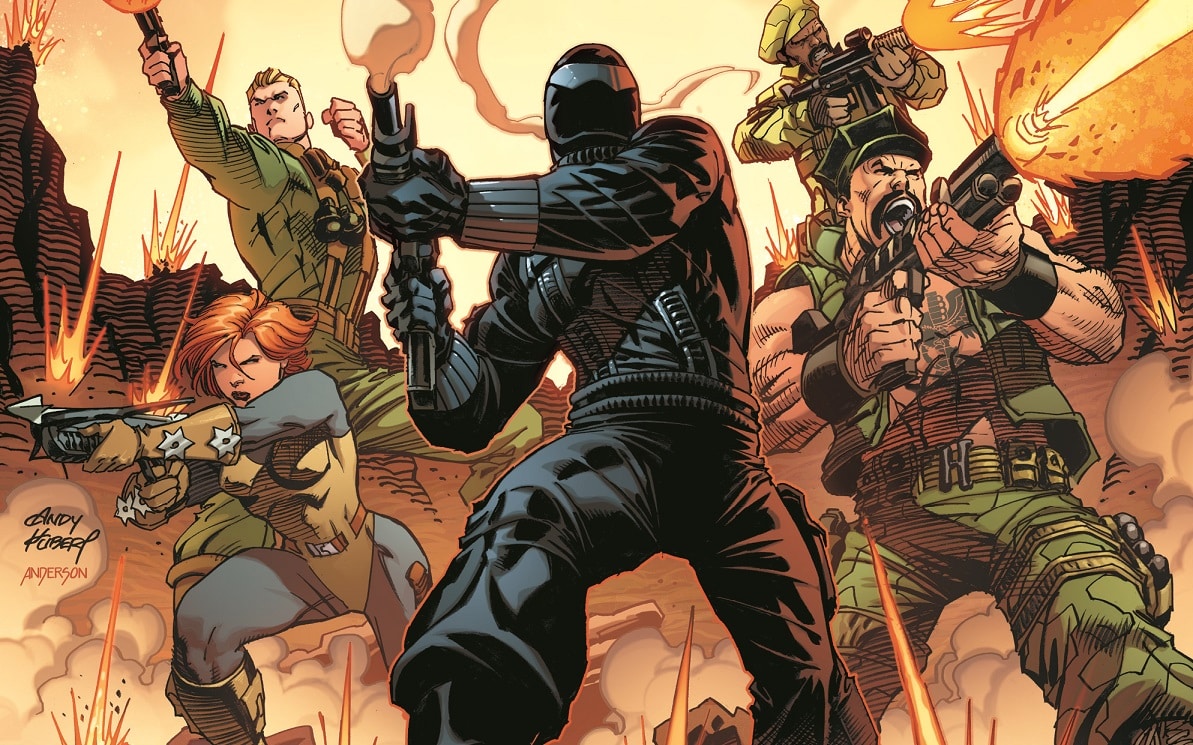



Great read and mostly on point. However strong disagree on Suicide Squad which was mostly good to excellent during it’s relaunch and so, so much better than the godawful film would suggest
Much like PF I came to say good read, glad to hear you got past your problems of the time, and quibble with a book (not the same book though, I hated that Suicide Squad! First ish would be in my bottom five of New 52).
My book to give a shout out to is one of the most hated and possibly worst of the lot- Red Hood and the Outlaws. Morally repugnant it may have been, but definetly not ugly – the art by Kenneth Rochafort was great. Loved looking at every ish up until he left the book, then dropped it fast. Still confused he’s not more of an A-list artist.
Comments are closed.